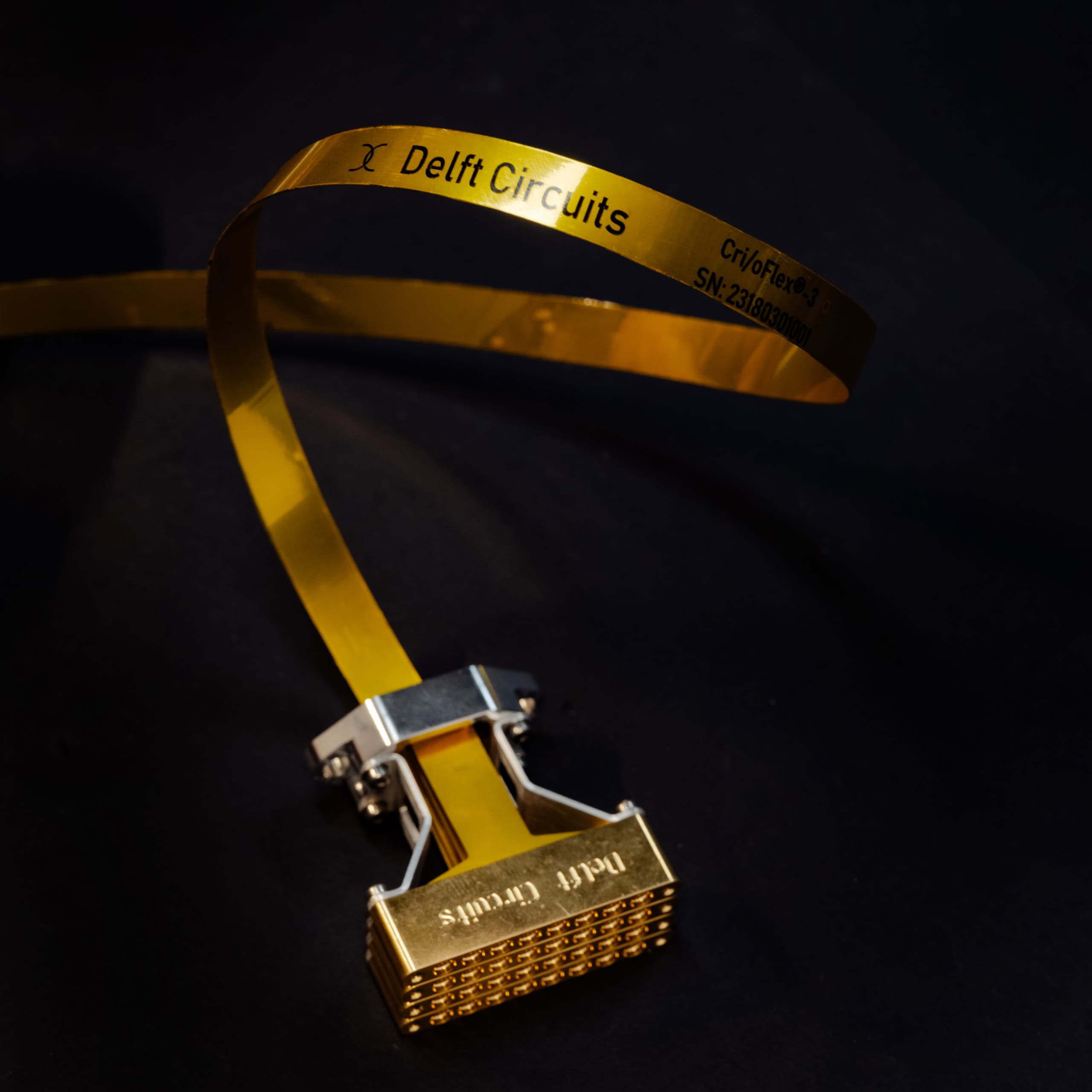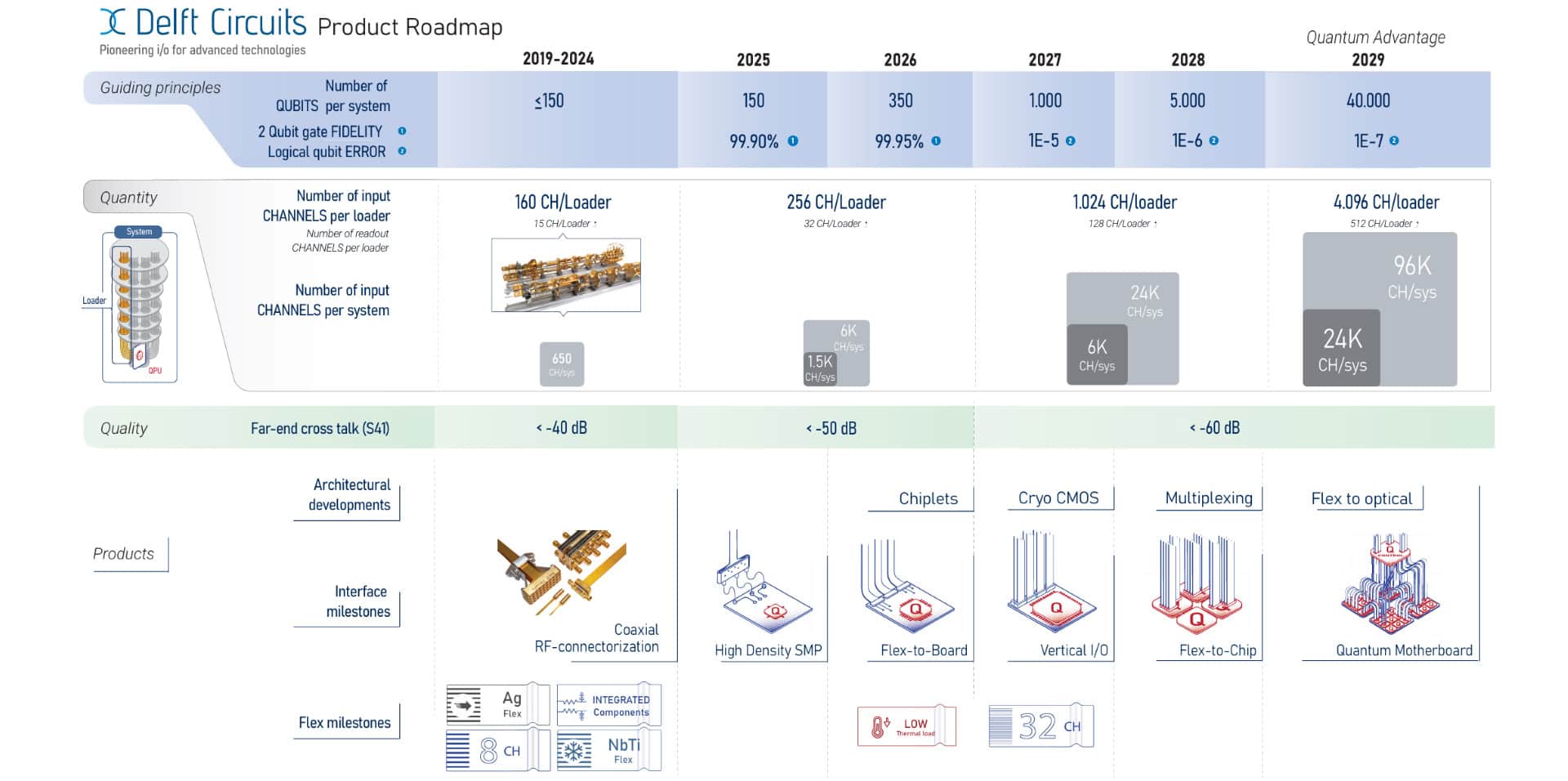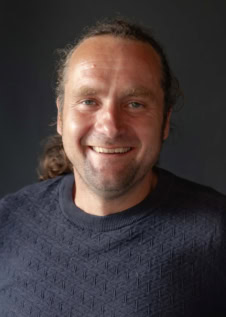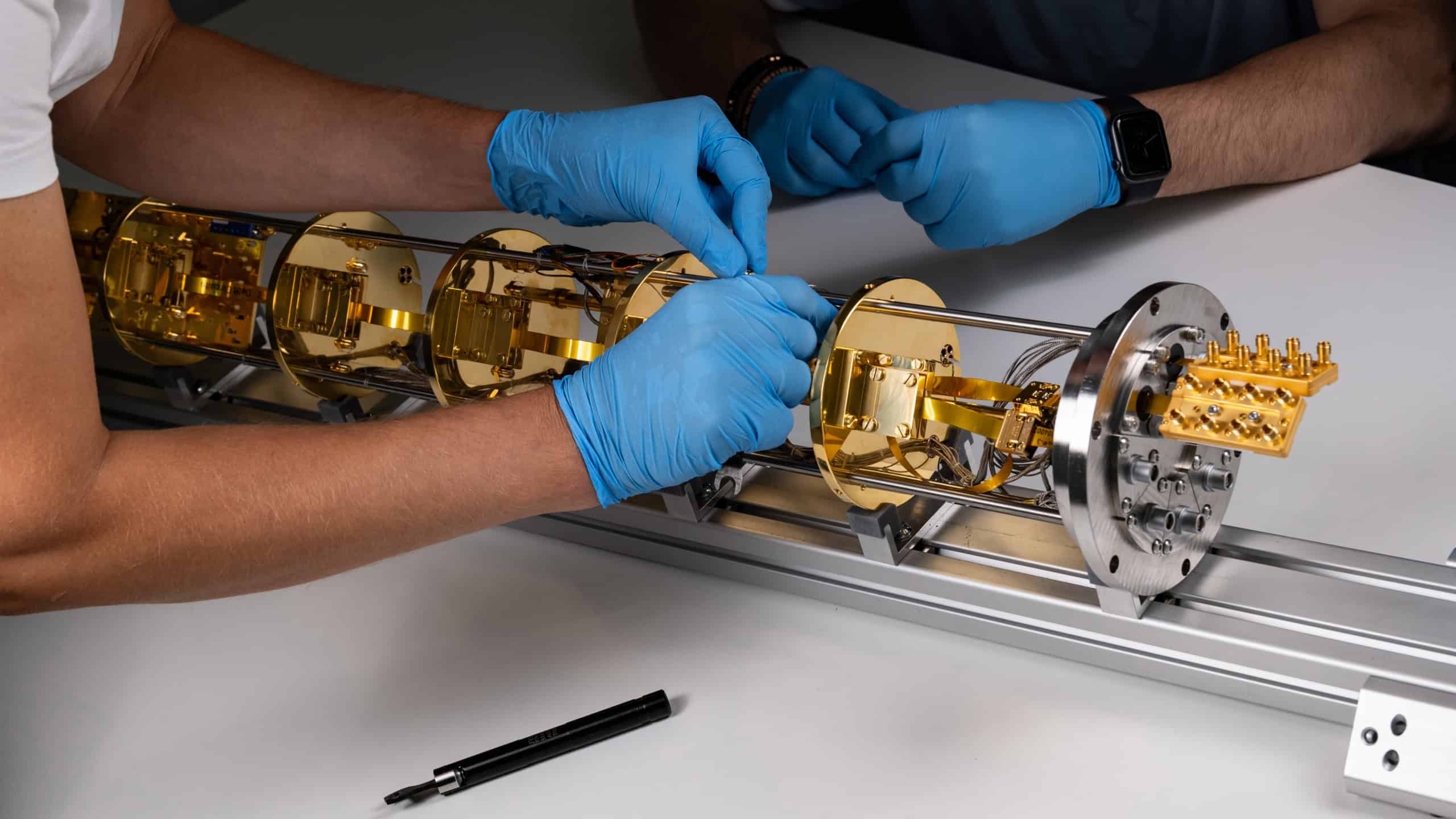The Dutch manufacturer Delft Circuits is rewriting the rules of I/O cabling technology for full-stack quantum computing systems

As manufacturers in the nascent quantum supply chain turn their gaze towards at-scale commercial opportunities in quantum computing, the scenic city of Delft in the Netherlands is emerging as a heavyweight player in quantum science, technology and innovation. At the heart of this regional quantum ecosystem is Delft Circuits, a Dutch manufacturer of specialist I/O cabling solutions, which is aligning its product development roadmap to deliver a core enabling technology for the scale-up and industrial deployment of next-generation quantum computing, communications and sensing systems.

In brief, the company’s Cri/oFlex® cryogenic RF cables comprise a stripline (a type of transmission line) based on planar microwave circuitry – essentially a conducting strip encapsulated in dielectric material and sandwiched between two conducting ground planes. The use of the polyimide Kapton® as the dielectric ensures Cri/oFlex® cables remain flexible in cryogenic environments (which are necessary to generate quantum states, manipulate them and read them out), with silver or superconducting NbTi providing the conductive strip and ground layer. The standard product comes as a multichannel flex (eight channels per flex) with a range of I/O channel configurations tailored to the customer’s application needs, including flux bias lines, microwave drive lines, signal lines or read-out lines.
“As quantum computers evolve – think more and more qubits plus increasingly exacting requirements on gate fidelity – system developers will reach a point where current coax cabling technology doesn’t cut it anymore,” explains Daan Kuitenbrouwer, co-founder of Delft Circuits. “The key to our story is that Cri/oFlex® allows us to increase the I/O cabling density easily – and by a lot – to scale the number of channels in a single system while guaranteeing high gate fidelities [minimizing noise and heating] as well as market-leading uptime and reliability.”
Quantum alignment
To put some hard-and-fast performance milestones against that claim, Kuitenbrouwer and colleagues have just published a granular product development roadmap that aligns Cri/oFlex® cabling specifications against the anticipated evolution of quantum computing systems – from 150+ qubits today out to 40,000 qubits and beyond in 2029 (see figure, “Quantum alignment”).

“Our roadmap is all about enabling, from an I/O perspective, the transition of quantum technologies out of the R&D lab into at-scale practical applications,” says Kuitenbrouwer. “As such, we studied the development roadmaps of more than 10 full-stack quantum computing vendors to ensure that our ‘guiding principles’ align versus the aggregate view of quantity and quality of qubits targeted by the system developers over time.”
Notwithstanding the emphasis on technology innovation and continuous product improvement, Delft Circuits is also “coming of age” in line with the wider quantum community. Most notably, the company’s centre of gravity is shifting inexorably from academic end-users to servicing vendors large and small in the quantum supply chain. “What we see are full-stack quantum computing companies starting to embrace horizontal thinking – which, in our case, means a technology partner able to solve their entire I/O cabling challenge,” explains Kuitenbrouwer.
To gain traction, however, systems integrators at the sub-stack level must, as a given, design their product offering with industrial metrics front-and-centre – for example, scalability, manufacturability, reliability, cost per I/O channel and second-sourcing. Equally important is the need to forge long-term vendor-customer relationships that often move beyond the transactional into the realm of co-development and collaboration – though all against a standardized package of cabling options.
“We integrate Cri/oFlex® with cryostats that have relatively standard vacuum feedthroughs and thermalization – more or less the same across the board,” says Kuitenbrouwer. What changes is the type of qubit – superconducting, spin, photonic – which in turn determines the configuration of the I/O line and where to place the attenuators, low-pass filters and IR filters. “This is something we can adjust relatively easily – at high volume and high reliability – with the whole I/O package installed and tested at the customer premises,” he adds.
Timing is key for quantum advantage
Commercially, Delft Circuits is already making real headway, getting “in the door” with many of the leading developers of quantum computing systems in North America and Europe. One of the main reasons for that is the ability to respond to customer requirements in an agile and timely fashion, argues Sal Bosman, a fellow co-founder of Delft Circuits.

“We work on the basis of a very structured design process, playing to our strengths in superconductor fabrication, integrated microwave components and cryogenic engineering,” Bosman notes. “We have also developed our own in-house software to simulate the performance of Cri/oFlex® cabling in full-stack quantum systems. No other vendor can match this level of customer support and attention to detail.”
Right now, though, it’s all about momentum as Delft Circuits seeks to capitalize on its first-mover advantage and, what Bosman claims, is the unique value proposition of its Cri/oFlex® technology: a complete and inherently scalable I/O solution with integrated flex cables incorporating filters and high-density interconnects to quantum chips or control electronics.
With this in mind, the company is busy constructing a new 750m2 clean-room (with an option to double that footprint) alongside its existing 1000m2 in-house pilot-production and test facility. “Currently, we are the only industrial supplier able to deliver flexible circuits of superconducting materials at scale,” concludes Bosman.
“Over the next two to three years,” he adds, “we have a credible opportunity to grab significant market share when it comes to cabling I/O for quantum. Watch this space: a lot of customers are already coming to us saying ‘we don’t want to buy more coax, we want to work with you.’”
Location, location, location

Delft Circuits sits within a thriving regional cluster for quantum science and technology called Quantum Delta Delft, which is centred around the canal-ringed city of Delft between The Hague and Rotterdam.
Formed in 2017 and initially located at the Faculty of Applied Sciences at Delft University of Technology (TU Delft), Delft Circuits has since grown as an independent company and is now based in the historic Cable District, where its facilities include a dedicated fabrication, pilot-production and testing area.
TU Delft is itself home to a high-profile interfaculty research institute called QuTech, a collaboration with the Netherlands Organisation for Applied Scientific Research (TNO) that’s tasked with developing full-stack hardware and software layers (including enhanced qubit technologies) for quantum computing and quantum communications systems.
Alongside this academic powerhouse, the Delft region has seen the emergence of other quantum tech start-ups like QuantWare (quantum chips), Qblox (control electronics) and Orange Quantum Systems (test solutions). All three companies work closely with Delft Circuits as part of the ImpaQT UA cooperative, a joint effort to develop open standards and interoperable technologies that enable system integrators to build quantum computing hardware stacks from off-the-shelf components.
“The ImpaQT UA story is ongoing,” explains Kuitenbrouwer. “As partners, we are super-complementary and collaborate closely to shape the future of quantum computing.” That’s why the new development roadmap is so important for Delft Circuits: to communicate a vision from the “component layer” up the value chain to the full-stack quantum computing companies.
As well as the talent pipeline that comes with proximity to TU Delft and QuTech, Quantum Delta Delft is home to TNO’s Quantum Information Technology Testing (QITT) Facility, which enables European companies to evaluate their cryogenic or non-cryogenic quantum devices and software in a full-stack quantum computing set-up.




